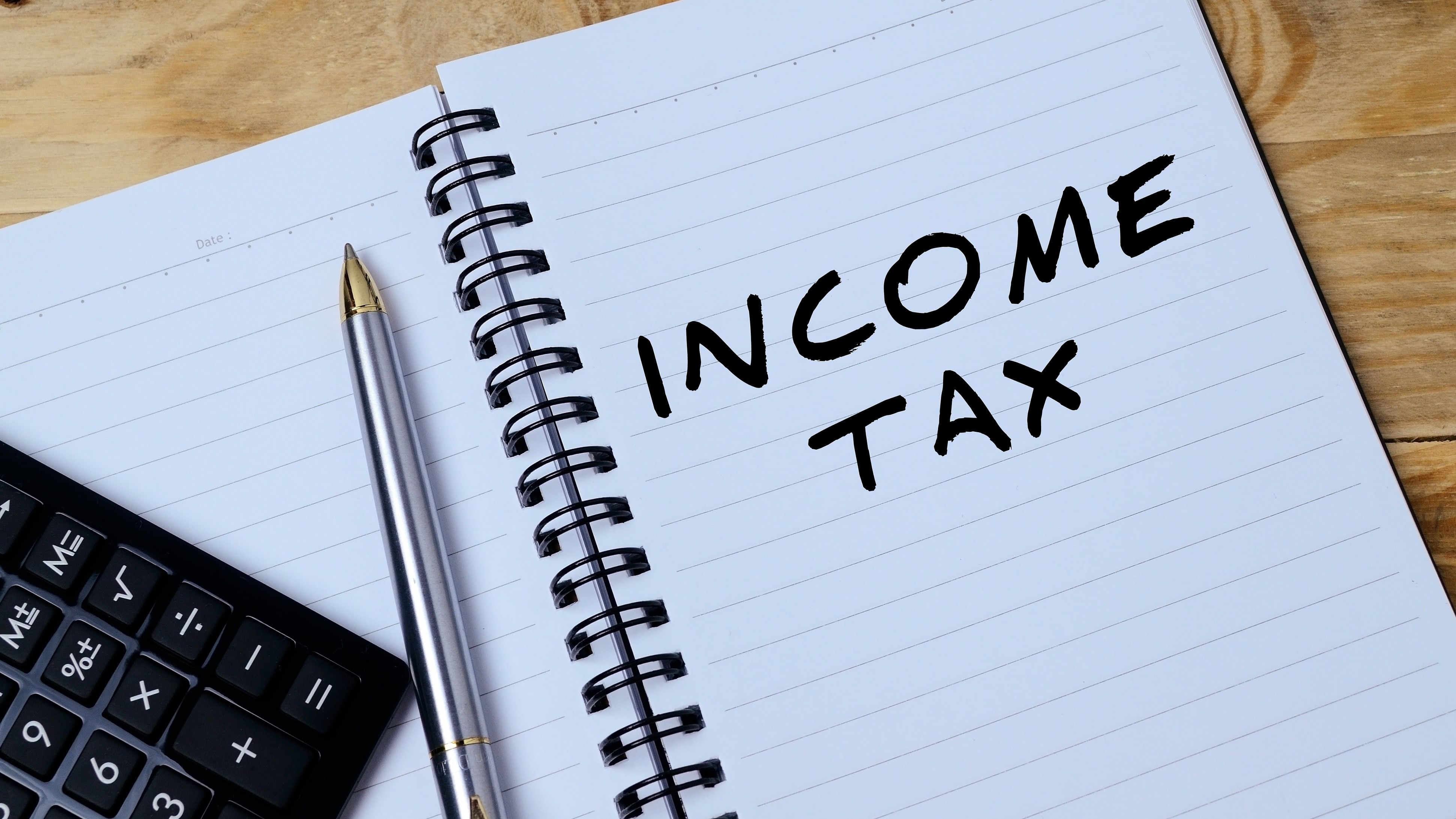
Notepad with pen and calculator. Income Tax
Credit: iStock Photo
The Income Tax Department has released the new Income Tax Returns - Form ITR 1 SAHAJ and Form ITR 4 SUGAM applicable for the assessment year 2024-25 and relevant to the financial year 2023-24 to disclose the income earned during the said period. Generally, the new ITRs used to be released in February or March, however, this year, it has been released three months in advance. The early release provides much-needed extra time for taxpayers to get well-conversed with the new returns, reporting obligations, documentation, helping them in filing their returns within the due date even more accurately.
The good news is that the department has not changed the criteria for the applicability of ITR Forms to the various categories of taxpayers and the method of furnishing the returns. It is appropriate to note that for income-tax purposes, all assessees, such as Individuals, Hindu Undivided Families, Association of Persons, Body of Individuals and corporate entities are required to follow the April to March uniform financial year irrespective of closing their books of accounts as per calendar or any other twelve-months period. Let us have a look at newly introduced ITRs, disclosure requirements and other developments.
Form ITR 1 – SAHAJ
The Form ITR 1 also known as SAHAJ is applicable for resident individuals who earn income up to Rs 50 lakhs including from salary, one residential property, other sources such as bank interest, dividends etc, and agricultural income up to Rs 50,000 during the relevant financial year. However, this form cannot be used by those who have both short and long-term capital gains or invested in unlisted equities, income from business or profession or director of a company.
The Union Budget 2023-24 has made the new tax regime ‘default’ and the old regime ‘optional’. If a taxpayer does not want to pay taxes under the new regime, they must opt out of it and opt into the old regime. Accordingly, eligible taxpayers must indicate their choice in the new ITR Form 1. Further, the lastest budget has also introduced a new Section 80CCH to allow deductions for those individuals contributing to the Agniveer Corpus Fund. The new ITR Form is suitably amended by including a column to furnish those details and avail the deduction.
Form ITR 4 - SUGAM
Form ITR 4 also known as SUGAM applicable for resident individuals, Hindu Undivided Families, and Partnership firms, excluding Limited Liability Partnerships, who earn a total income of up to Rs 50 lakhs and have income from business and profession which can be computed under a presumptive taxation scheme. However, this form cannot be used by those with income from more than one house property, deferred income tax on ESOP received from the employer of an eligible start-up and director in a company.
A taxpayer having income from business and profession can also opt out of the new regime and revert to the old regime. Unlike in Form ITR 1, those taxpayers filing Form ITR 4 will be required to file Form 10-IEA to opt-out and provide a date of filing, acknowledgement number in Form ITR 4 and merely an indication of choice is not sufficient. Further, the option to opt-out should be exercised on or before the due date of filing the return, which is July 31, 2024.
The Union Budget 2023-24 has enhanced the turnover threshold limit in the presumptive taxation scheme under section 44AD from Rs 2 crore to Rs 3 crore if the receipts in cash do not exceed 5% of the total turnover or gross receipts during the previous year. Similarly, the threshold limit under section 44ADA has also been increased from Rs 50 lakh to Rs 75 lakh, if the receipts in cash do not exceed 5% of the total gross receipts during the previous year. To accommodate these changes, a new column ‘Receipts in Cash’ for disclosing cash turnover or cash gross receipts under the Schedule BP was inserted. In addition, a column to allow deduction under newly inserted Section 80CCH is provided.
More vigilant taxation
As per recent news reports, the department is using a fine-tooth comb to nab discrepancies in the tax deducted at sources by employers and the declarations made by the employees in their returns to avail wrongful claims/refunds. The department is going after various deductions such as HRA, medical insurance, home loans, and tax saving investments under various provisions and has served Section 133C notices, which seek more information to verify details, to several companies in major cities. Thus, the onus lies on employees to declare their investments accurately and also on the employer to double verify the declarations made by their employees and deduct the due taxes correctly.
(The author is founder and chief executive officer of tax advisory firm Shree Tax Chambers.)